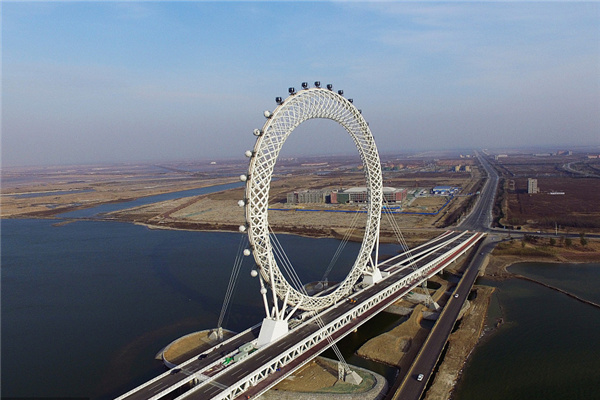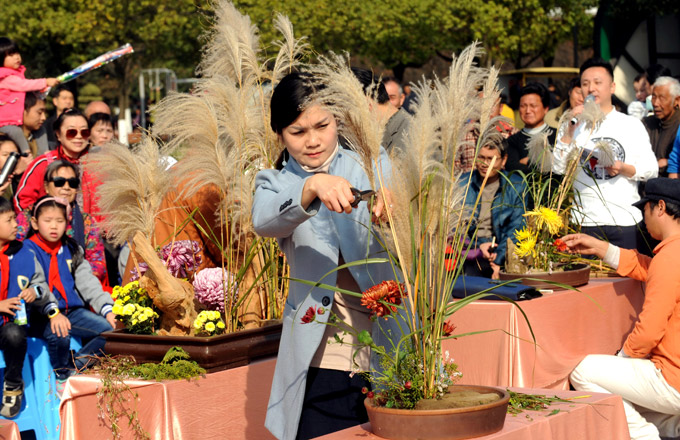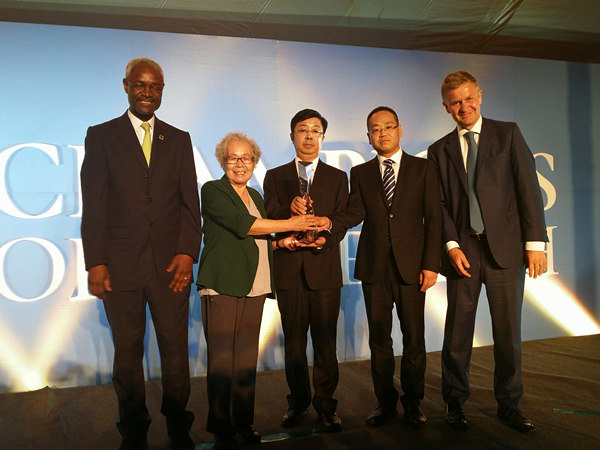

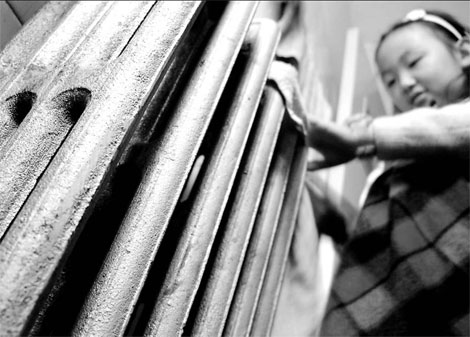
About 250 million people live in the densely populated urban areas in China's "heating zone", which consists of cold regions in the north where indoor heat is needed three to six months per year. Such heating is almost exclusively dependent on coal, and is fast growing.
China has only 2.5 years to accomplish its 11th Five-Year Plan (2006-2010) and fulfill the goal of cutting total energy consumption by 20 percent from the 2005 level.
China's heating industry has a large responsibility to achieve the goal. The Five-Year Plan requires saving 240 million tons of standard coal from the 2005 level by 2010 and the heating sector shares 13.3 per cent of the goal.
However, more than 130 million tons of standard coal is consumed for heating each year in China, accounting for 10 percent of China's total energy consumption. Observers say China urgently needs heating reform.
The readjusting of heating pricing and billing is a crucial part of the overall heating reform plan, according to a report recently released by the Energy Sector Management Assistance Program (ESMAP) that builds on analytical and advisory work in China's energy sector under the joint sponsorship of the World Bank and United Nations Development Program (UNDP).
The report, China: Development of National Heat Pricing and Billing Policy, concludes that heat pricing and billing reform is essential to address the inefficiencies in the country's heating industry built on welfare-based principles.
According to the report, economic incentives should be used to provide and use heat more efficiently and is also critical to the success of achieving sustained energy efficiency improvements in buildings.
Ma Jiuxian, an expert from Tianjin University, says in northern China, heat bills vary based on the size and condition of homes - most of which have universal heating systems with no independent thermostats or furnaces that allow residents to adjust the temperature themselves.
The result is a lot of wasted heat and all residents paying equal heating bills regardless of how much heat is consumed.
China's heat energy consumption per unit is double, and even triple, the energy consumption of countries with similar climates, and an estimated 15 to 30 percent of the heat generated is wasted, says the ESMAP report.
Gailius Draugelis, senior energy specialist of World Bank, says that heat-pricing reform is essential to making heat a commodity. He adds that introducing market mechanisms to the urban heating sector will contribute to substantially reducing local and global emissions.
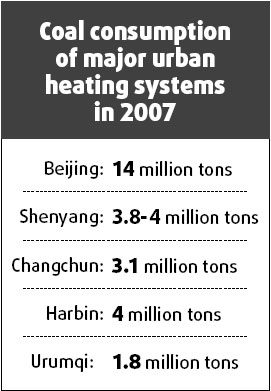
"Applying this methodology is an important step to improve the heat pricing system," says Draugelis. "As emphasized in the report, the methodology needs to be developed further in order to move from a transitional stage toward a fuller realization of the heat reform objectives."
The report recommends a heat pricing methodology based on recovering the full costs of the core heating business.
Under the methodology, heat consumption would be metered, at least for buildings, and two-part tariffs would be introduced.
The tariffs consist of an energy charge depending on consumption and a fixed charge depending on capacity.
Other important components of heat pricing reform include the complete shift of responsibility for paying heat bills to consumers, targeted support for poor consumers, and the introduction of partial price adjustment clauses.
Tianjin became the first large Chinese city to adopt similar reforms, which have also been incorporated into central and local government policy decrees, according to the report.
Chinese people regard heating service as a kind of social welfare, rather than a commercial product, says Jiang Yi, professor of School of Architecture, Tsinghua University.
Besides, most of China's buildings are large-scaled apartment buildings in which the heat consumption of residents living in the top floor and bottom floor is two or three times that of residents living in the middle floors, Jiang says.
The Chinese government has been talking about reforming the country's heat system since 2003.
The total heating area in Northern China is estimated at over 2 billion sq m. In 2007, Ministry of Housing and Urban-Rural Development decided to complete heat reform in an area of 150 million sq m in 15 cities, provinces and autonomous regions, The measures included the installation of heat measurement and temperature control facilities, revamping heat pipe and duct networks and other heat conservation measures.
(China Daily 09/01/2008 page5)


